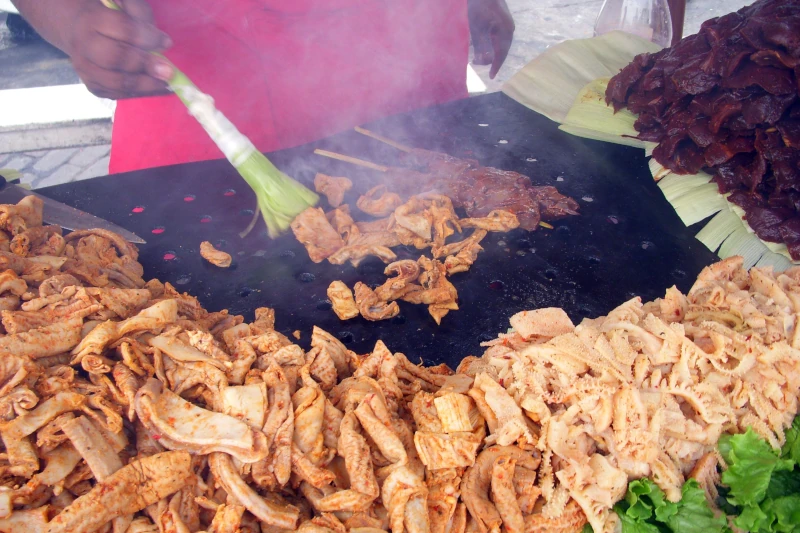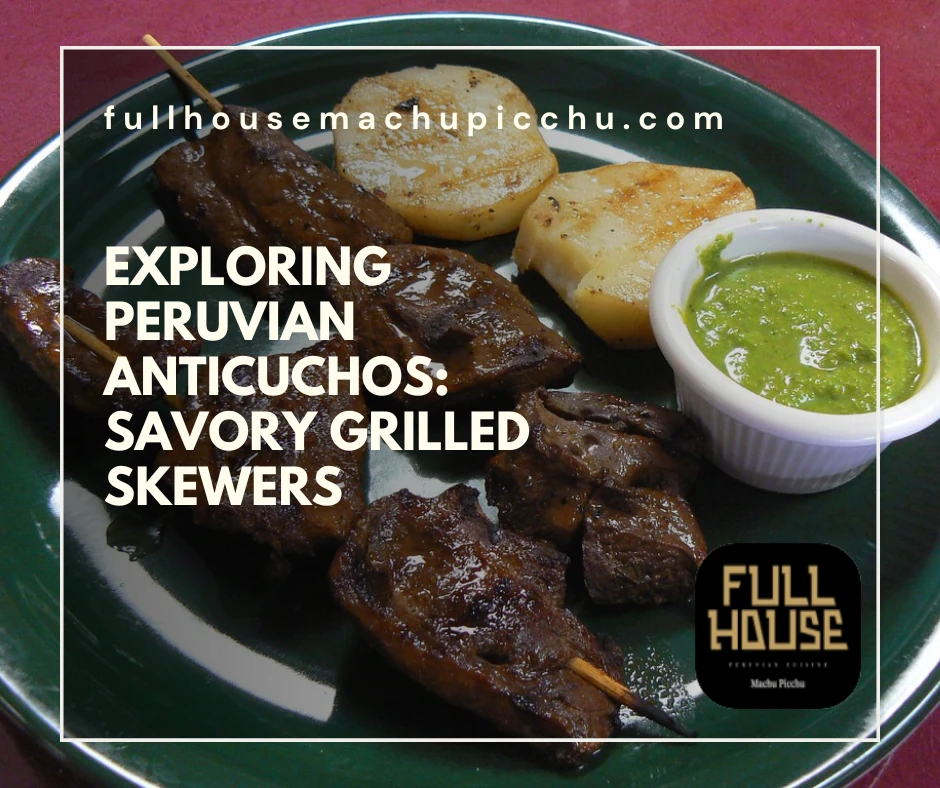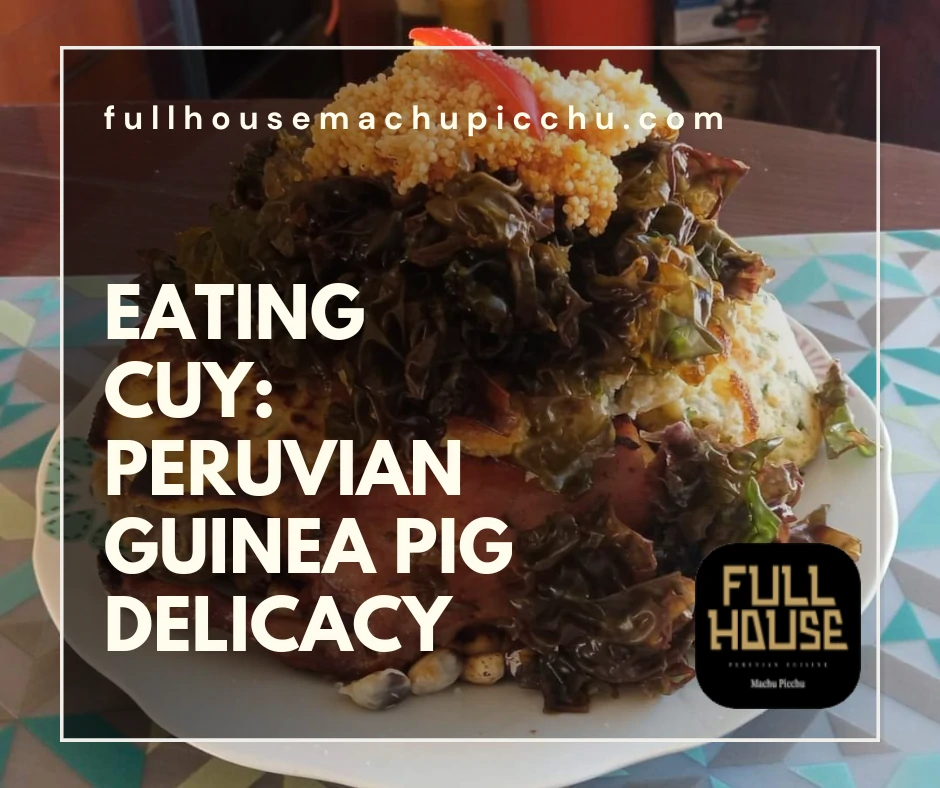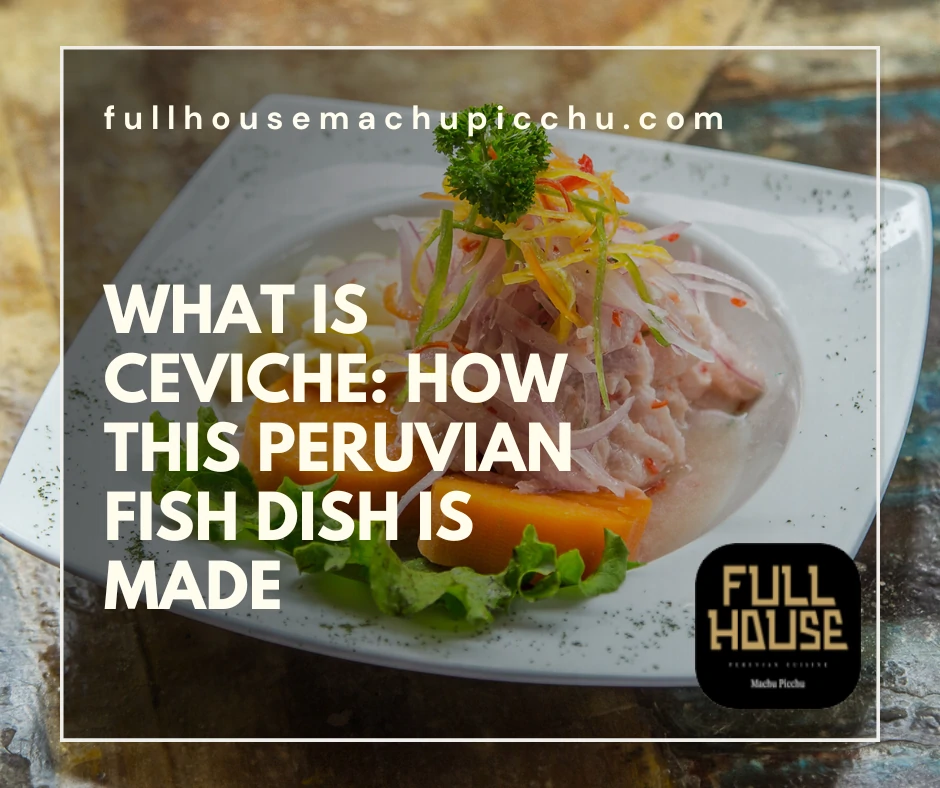In the vibrant gastronomic landscape of South America, there lies a dish that masterfully captures the heart of the region’s culinary traditions and flavors – the Peruvian anticuchos. This iconic dish, beloved by locals and tourists alike, is more than just a simple skewer. Anticuchos embody the cultural richness and diverse influences that make Peruvian cuisine one of the most exciting in the world.
Deeply embedded in the fabric of Peru’s food culture, anticuchos – tender, savory grilled skewers – are a culinary testament to the country’s indigenous, Spanish, and African heritage. While they’re most commonly associated with street food, these mouth-watering morsels can also be found in high-end restaurants, where chefs reinvent them with creative flair. Whether sizzling on a roadside grill or served as a gourmet appetizer, anticuchos remain a symbol of Peru’s deep-rooted gastronomy and its continuous innovation.
The historical origins of Peruvian anticuchos
Anticuchos have deep roots in Peru’s history, tracing back to the pre-Columbian era. They began as a simple, hearty meal for the indigenous people. Using every part of the animal was common then, including the heart. This tradition gave birth to the unique recipe of Peruvian anticuchos.
When the Spanish arrived in the 16th century, they influenced many aspects of Peruvian culture, including its cuisine. Anticuchos evolved, incorporating Spanish ingredients and flavors. This fusion resulted in a unique and delectable dish.
Today, Peruvian anticuchos are as popular as lomo saltado, another Peruvian classic. You can find them in humble street stalls or sophisticated restaurants. Chefs offer them alongside traditional drinks, like the famous Pisco Sour. It’s a dish loved by all and perfect for any occasion.
Yet, despite their popularity, anticuchos remain a symbol of the country’s resilience and innovation. The humble origins of Peruvian anticuchos remind us of Peru’s culinary evolution. It tells a story of resourcefulness and creativity, of blending traditions and inventing new ones. Each skewer holds a piece of Peru’s rich history and heritage.
From being a survival food of the indigenous people and slaves to becoming a national favorite, Peruvian anticuchos are a testament to Peru’s enduring spirit. They represent a cuisine that proudly embraces its past while continuously evolving, just like Peru itself.
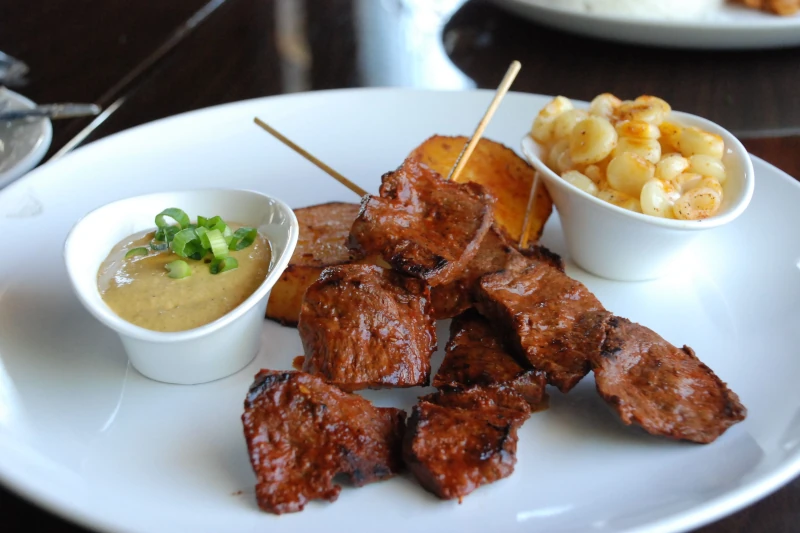
The art and craft of making anticuchos
Making Peruvian anticuchos is an art, an amalgamation of the right ingredients, technique, and passion. It begins with the meat, traditionally beef heart, although modern variations use different cuts.
The meat is cut into bite-sized pieces. Then, it’s marinated overnight in a robust mix of ingredients. This mixture typically includes garlic, vinegar, cumin, and aji panca, a Peruvian chili. The marination is key to the distinct flavor of Peruvian anticuchos.
Next comes the skewering. The marinated meat is threaded onto sticks, usually with pieces of fat in between. The fat enhances the flavor and keeps the meat juicy while grilling.
Now, the anticuchos are ready for the grill. They’re cooked over a hot flame until charred and crispy. The grilling process is vital in bringing out the smoky taste in Peruvian anticuchos.
Typically, anticuchos are served with a side of boiled Peruvian potato and choclo, a type of Peruvian corn. Thus, the sides offer a pleasant contrast to the savory skewers. Aji sauce, made from Peruvian chili peppers, is often provided for an added kick.
Finally, presentation is crucial. The skewers are plated with care, showcasing the charred, juicy meat. The Peruvian corn and potato are arranged appealingly, completing the picture.
In essence, making Peruvian anticuchos is a ritual of sorts, a display of Peru’s culinary heritage. Every step, from marination to grilling, reflects a part of the country’s food culture. And each bite of these succulent skewers offers a taste of Peru’s rich history and traditions.
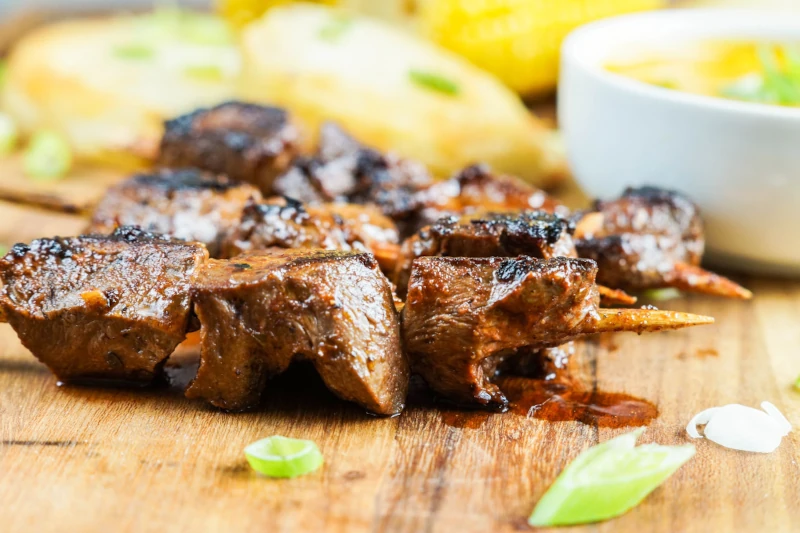
The contemporary journey of anticuchos
Anticuchos have come a long way from being humble street food. Today, they’re an integral part of Peru’s culinary identity, as essential as Ají de Gallina or Salsa Huancaína. They’re served everywhere, from bustling city streets to high-end gourmet restaurants.
Street food stalls, known as anticucherías, have been serving anticuchos for centuries. They’re often family-run businesses, where secret recipes are passed down through generations. Thus, the tantalizing aroma of grilled meat fills the air, attracting locals and tourists alike.
In recent years, anticuchos have found their way into gourmet kitchens. Top chefs in Peru and around the world are reinventing this traditional dish. They experiment with different types of meat, marinades, and even cooking methods. They’re keen on retaining the dish’s authentic taste while giving it a modern twist.
Anticuchos are also served in fusion-style restaurants, paired with non-traditional accompaniments. Some chefs experiment by drizzling Salsa Huancaína on the grilled skewers. Others pair them with gourmet sides, such as quinoa salad or causa, a Peruvian potato dish.
In fine dining establishments, anticuchos are often presented as appetizers. They’re plated artistically, looking as exquisite as they taste. This elevation hasn’t taken away the dish’s authenticity. Instead, it has made anticuchos more accessible to a global audience.
The journey of anticuchos, from street corners to gourmet menus, is a testament to Peru’s culinary evolution. It showcases the country’s ability to innovate while staying true to its culinary roots. The humble anticucho skewer continues to be a beloved symbol of Peruvian gastronomy.
